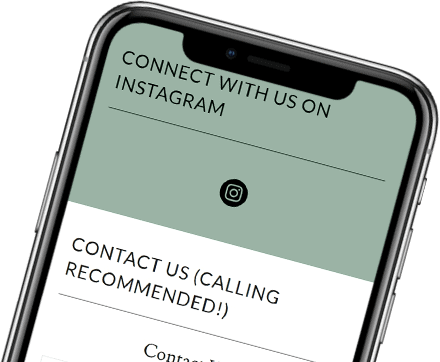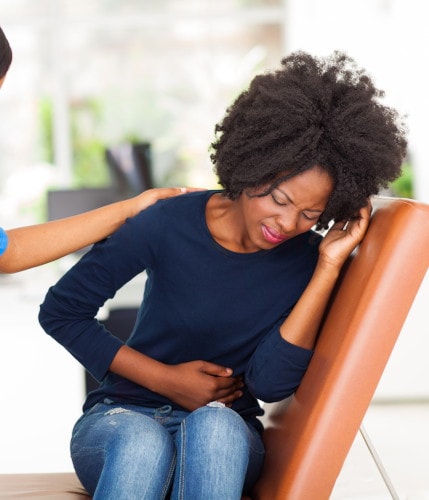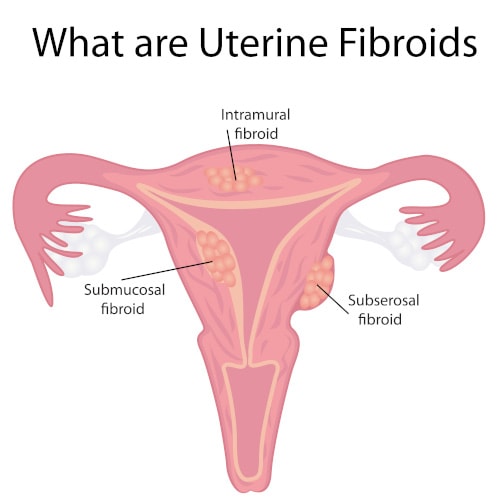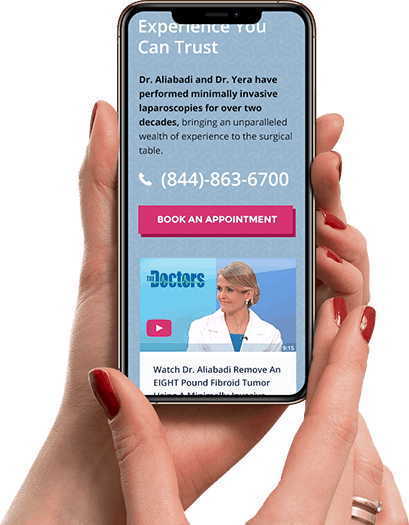Uterine fibroids are the most common noncancerous tumors found in a woman’s reproductive system.
A fibroid is also known as a leiomyoma, fibromyoma, or myoma. They range in size from a small pea to a large grapefruit. They are composed of smooth muscle cells and fibrous connective tissue.
Fibroid growth is highly dependent on the hormone estrogen. So, they may increase in size during pregnancy when estrogen levels are high and shrink after menopause when estrogen levels drop.
Experts have not determined the exact cause of uterine fibroids, but research suggests that maintaining a healthy lifestyle and diet may help to lower the chance of development.

Where are fibroids located in the uterus?
Fibroids can be found in different locations of the uterus, including:
- Intramural fibroids grow within the muscular uterine wall.
- Submucosal fibroids project into the uterine cavity.
- Subserosal fibroids project outside of the uterus.
- Cervical fibroids grow from the uterus into the wall of the cervix.
What are the signs and symptoms of fibroids?
Many women with fibroids are asymptomatic (no symptoms). When fibroid symptoms do occur, they are influenced by the location, size, and number of fibroids. The most common fibroid symptoms women experience include:
- heavy menstrual bleeding, lasting longer than a one week
- anemia
- significant pelvic pain or pressure
- frequent urination
- difficulty emptying the bladder
- constipation
- backache or leg pains
- fertility and challenging obstetric outcomes
Do women of color have more severe symptoms?
A 2012 national survey of women with symptomatic fibroids showed that Black women are more likely to have additional severe symptoms, including:
- heavy bleeding
- passage of blood clots during their period
- painful intercourse
- interference with physical activities
- interference with relationships
- missed days of work
A majority of Black women will have fibroids at some point during their lives and many consider severe symptoms to be “normal.” Many young women experience what their parents or grandparents did and believe painful, heavy periods are just part of life.
Because of this, they suffer needlessly before seeking treatment for fibroids. The national survey revealed that Black women wait substantially longer than white women before seeking treatment — 4.5 years compared with 3.3 years.
The misconception about what is ‘normal’ is a big reason for the delayed treatment and is a quality-of-life health issue.

Call 877-760-3564 or click here to schedule online
Do fibroids affect African American women disproportionately?
Uterine fibroids do affect African American women disproportionately, occurring more often in Black women than in any other ethnic group.

- Black women are diagnosed with fibroids three times more frequently than white women.
- They develop fibroids at an earlier age.
- The growth rate of fibroids is higher in African American women.
- They experience larger and more numerous fibroids.
- Seventy to eighty percent of American women will develop fibroids by age 50. For African American women, this is a staggering 90%.
- Black women are two to three times more likely to have recurring fibroids or suffer complications from them.
- Fibroids also affect African American women’s health more severely than Caucasian females. They have a higher rate of severe symptoms and are more likely to undergo invasive surgery like a hysterectomy — which increases the risk of blood transfusion and postsurgical complications like infection and bleeding.
Are there risk factors that contribute to the racial disparity of uterine fibroids?
Doctors don’t know the cause of uterine fibroids, but research and clinical experience point to the following risk factors: hormonal imbalance, obesity, and increased extracellular matrix (ECM).
Furthermore, racial disparities in these additional risk factors may also contribute to the development of fibroids in Black women:
- higher rate of obesity
- higher rate of vitamin D deficiency
- more frequent use of hair relaxers
- inequities in access to healthcare
Despite the racial differences in symptoms, incidence, and prevalence, relatively little scientific data have been published regarding the biological basis of fibroids in African American women.
Are there racial disparities in fibroid treatment options?
Yes, there is a clear racial disparity in the treatment of these noncancerous growths. This is demonstrated in the treatment of fibroids in African American women:
- Fibroids in Black women are often underdiagnosed and undertreated.
- Black women are more likely to undergo surgical intervention for fibroids than other racial groups and have higher rates of hospitalization, myomectomies, and hysterectomies compared with white women.
- One-third of hysterectomies for African American women are done during peak childbearing years, between ages 18 and 44, severely affecting reproductive health.
Are there less invasive fibroid treatment options?
In the general population — for less severe fibroid cases — women are advised to manage symptoms through medical treatment and “watchfully wait” instead of undergoing permanent surgery. The minimally invasive options include:
- Embolization — this procedure blocks the blood supply to the fibroid, and it shrinks over the next weeks or months. Uterine fibroid embolization is a very effective procedure with an approximate success rate of 85%.
- Ablation — each fibroid is targeted individually using radiofrequency heat. Radiofrequency ablation reduces the size of the fibroids but does not eliminate them. The fibroids will continue to shrink for months after ablation.
- Laparoscopic myomectomy — Our treatment method for fibroids, a laparoscopic myomectomy is performed through tiny incisions and leaves healthy uterine tissue intact.
Since fibroid growth is highly dependent on estrogen, gynecologists may also prescribe hormonal treatments like oral contraceptives (birth control pills) to shrink fibroids.
Despite minimally invasive options, Black women continue to make up a dominant percentage of women having hysterectomies for benign diseases.
Should fibroids be removed?
Decisions about treatment should be made by an informed patient in consultation with a trusted gynecological surgeon. The decision must be appropriate for a patient’s current medical condition, individual preferences, and whether there is a desire to have children in the future.
Interested in minimally-invasive fibroid treatment? Contact Outpatient Hysterectomy Center!
OHC’s Thais Aliabadi, M.D. and Ramon Yera, M.D. are Los Angeles’ only surgical team exclusively dedicated to sparing women from invasive open surgeries that involve extended hospital stays, long painful recoveries, and surgical scars.
Not only are Drs. Aliabadi and Yera among a handful of elite American OB/GYN surgeons trained in highly advanced minimally invasive laparoscopic procedures, they also teach their techniques to surgeons around the country.
They have performed thousands of minimally invasive laparoscopies for nearly four decades between them. OHC brings a wealth of experience to the surgical table for those in need of a hysterectomy, endometriosis treatment, fibroids, cysts, pelvic masses, abnormal vaginal bleeding, and pelvic pain, to name just a few.
Because of our patient-centric focus, our practice has grown to now include patients who have traveled from near and far, celebrities, sports figures, royalty, and women from every walk of life. All have sought us out to establish care with us and entrust us with their well-being.
We invite you to establish care with the Outpatient Hysterectomy Center. Please make an appointment online or call us at (844) 863-6700.











